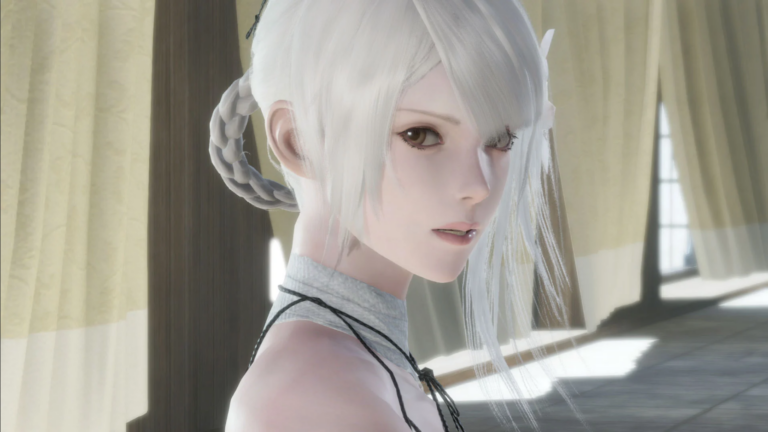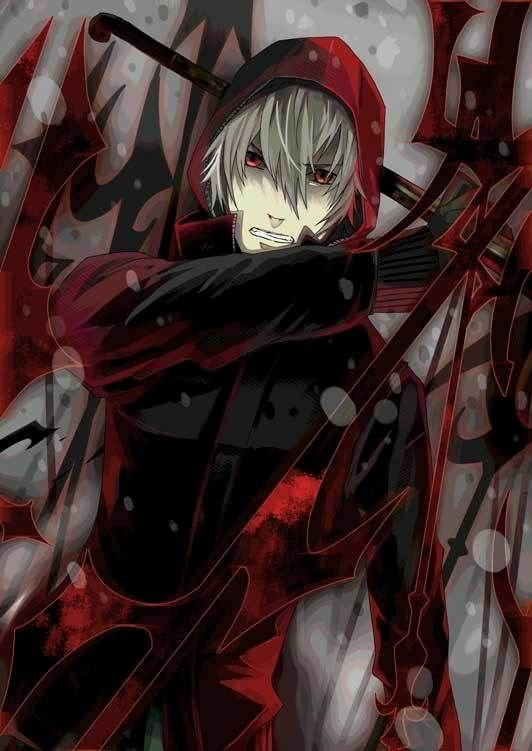
While much of it is due to again, the excellent voice acting, a great deal of it is equally due to the careful and deliberate writing as well. The game has some emotional highs, and you’re likely to shed a tear or two when they suffer a great deal of pain or sorrow. Each of these characters has rich backstories, wonderful voice acting, and are developed in ways where you panic to save them when they stumble in fights. You have Emil, a boy cursed with the ability to turn people to stone with a simple glance, and Kainé, a woman who has a dark past, and a foul mouth to boot.Īs you’ll meet a wide range of interesting characters and side quests that further dive deeper into them, it is Emil, Weiss, and Kainé who shine far brighter than anything else in this game, and in some ways, even from what Automata had to offer. While the core narrative dives into what is left of humanity, and what we do to cling onto it, much of that is in the subtext of the events that follow you and your relationships with several of the game’s central characters.

As her brother, you’ll reach out and attempt to discover its source, and through your journey, you track down Grimoire Weiss, a magical book that might very well hold the answer to your problem.

Nier: Replicant’s story is largely about the protagonist, Nier, and his sister, who is suffering from a plague called the Black Scrawl that is responsible for a great deal of death in its wake. Several characters have also seen a slight redesign, making them more on par with the art style of Automata, and since these redesigns are handled by the same man responsible for those in Automata, it should come as no surprise. While many of the core actors are back some voices, such as those for the lead protagonist, have been recast. While some new quests and scenarios have been added, as well as including all the DLC from the original, the fundamental narrative is largely untouched, and this time, all of it is voiced. After completing Replicant, and all of its endings, I dived back into the original Nier for comparison’s sake, and wow, this new version’s improvements are striking, vastly improving the game ten-fold upon ten-fold.ĭespite the noticeable change of protagonists for non-Japanese players, the story in Nier Replicant is essentially unchanged. While the game doesn’t fully adopt the entire Automata combat system, it borrows enough of its fast and fluid combat so that while it remains true to the original in several respects, it pulls from a great deal of Automata’s speed and agility to make it feel like you remember, rather than what it actually was. With ver.1.22474487139…, this remaster and partial remake of sorts, all that has changed.


#BLACK SCRAWL NIER SERIES#
The seeds of what Automata would become were present, albeit in a far rougher and more stiff series of gameplay and combat encounters. Playing through much of the original, and eventually Nier: Automata, it was abundantly clear that Nier walked so that Automata could run. With the critical and commercial success of Nier: Automata, it was a no-brainer to not only see this remaster/remake happen but that it would adapt solely from the Japanese version with Replicant. My experience with this version of Nier, albeit incomplete, was through Gestalt, the version that released here on the Xbox 360 and PS3. One featured a youthful protagonist with his sister, and the other, a gruff father figure tasked with protecting his young daughter. “This is the world with the people we cherish.”īack in 2010, Nier released as two separate games depending on if you lived in or outside of Japan Nier: Replicant and Nier: Gestalt.


 0 kommentar(er)
0 kommentar(er)
